Music as we know it simply wouldn’t be the same if it wasn’t for the piano. There’s no other organic instrument on the planet that matches the piano’s impressive range, dynamicity and power. The piano is a tool that countless musicians have used to compose and perform music with since its invention over three centuries ago, and many groundbreaking and influential styles of playing have developed alongside the instrument. We’re going to highlight some of the more prominent piano styles in this article, but first, let’s talk about what this amazing instrument is and where it came from.
Piano origins and construction
The piano was invented in the year 1700 by an Italian instrument maker named Cristofori. His invention is largely the adaptation of a similar but less well known instrument called the harpsichord. We don’t have many enduring records of Cristofori’s life, but we do know that in 1688, at age 33, he was hired to work for Prince Ferdinando de Medici. Ferdinando was a lover of music, and he hired Cristofori to take care of his vast collection of instruments. Some historians believe that Ferdinando saw potential in Cristofori and hired him specifically to invent new instruments.
One of Cristofori’s main jobs was to tune and maintain Ferdinando’s collection of harpsichords. The harpsichord is an instrument that consists of a box that holds suspended strings. When one of the keys on its keyboard is pressed down, a corresponding string is plucked and a sound is generated. The first records of Cristofori adapting harpsichords into piano-like instruments are in 1700.
By making a few small changes to the harpsichord, Cristofori inadvertently altered the musical landscape forever by creating an instrument that had never been conceived of before. The brilliant instrument maker created a system of hammers that struck the strings instead of plucking them. His new instrument featured a lighter action which meant it was easier to play because it was more suitable for passages with repetition.
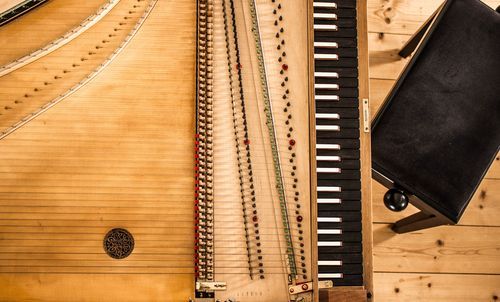
But the biggest difference between Cristofori’s invention and the piano was its uncanny dynamic capabilities. Never before or since has there been an instrument that allows players to play with such power and nuance.
The incredible new invention took many years to gain popularity because it was so expensive to make. Pianos didn’t really take off until the 1760’s when cheaper square adaptations of the instrument were made. Cristofori most likely had no idea that his invention would become one of the world’s most popular and important instruments.
Aside from being used in a huge swath of musical genres across the world, the piano is also used as a powerful tool to teach music theory with. Essentially, the piano’s keyboard is a perfect visual representation of the scales, chords and intervals between notes that we hear in music. It’s impossible to be familiar with music theory and not be somewhat acquainted with the piano’s system of white and black keys.
The modern piano
Pianos have come a long way since Cristofori’s day. Modern pianos are significantly louder, more player-sensitive and easier to play and keep tuned than Cristofori’s early pianos. Pianos or keyboards that feature a version of the piano’s sound are now in literally billions of homes, schools, churches and venues across the world.

In 2017, the piano is an instrument used in most musical genres. There’s a few good reasons for the piano’s widespread popularity and longevity. It’s incredibly easy to pick up compared to other common instruments. Instruments like the clarinet or even the guitar require students to master difficult technical skills like pressing down strings hard enough to sustain a pitch or forming the correct embouchure. These are skills that take months to master, but the piano’s operation is incredibly simple. Children as young as three years old can understand that pressing a piano key down creates a pitch.
Another reason is that few instruments can match the piano’s expressive range. It’s a favorite among songwriters and classical composers alike because it can play such a wide range of pitches.
Piano Styles
Playing styles on the piano are a good window into what was happening in a myriad of different cultures and time periods over the past 300 years. The unique musical choices musicians have included in their music over the years can tell us a lot about the social, political and artistic trends of the time the music was written in. We’re going to highlight some of music’s more important piano styles. We’ll give you some background and context as well as some musical insights and visual aids to help you understand each style.
Classical and art styles
If you’ve got a good grasp on how to play in the classical style, you’ll have most the technical prowess you need to be able to play within other genres. As the oldest of the piano styles, the classical approach to playing is the model for modern music education. This is because this method of playing effectively displays the rules and concepts found in music theory more than any other style of playing.
Under the umbrella of the classical genre there are different sub-styles of piano playing: baroque, modern and romantic.
The baroque piano tradition is one part of a larger cultural movement that happened between 1600-1750. A massive social and artistic shift toward secularism occurred during this time period, and it altered the state of music in a huge way. The piano was invented right in the middle of this period. Long, ornate and dazzling passages of melodies written with a technique called counterpoint largely define the baroque piano style of playing. Musicians were just becoming privy to the dynamic power of the piano, so the baroque style of playing is incredibly intricate but not big on feeling or emotion. The harmonic minor scale was often used in the baroque era.
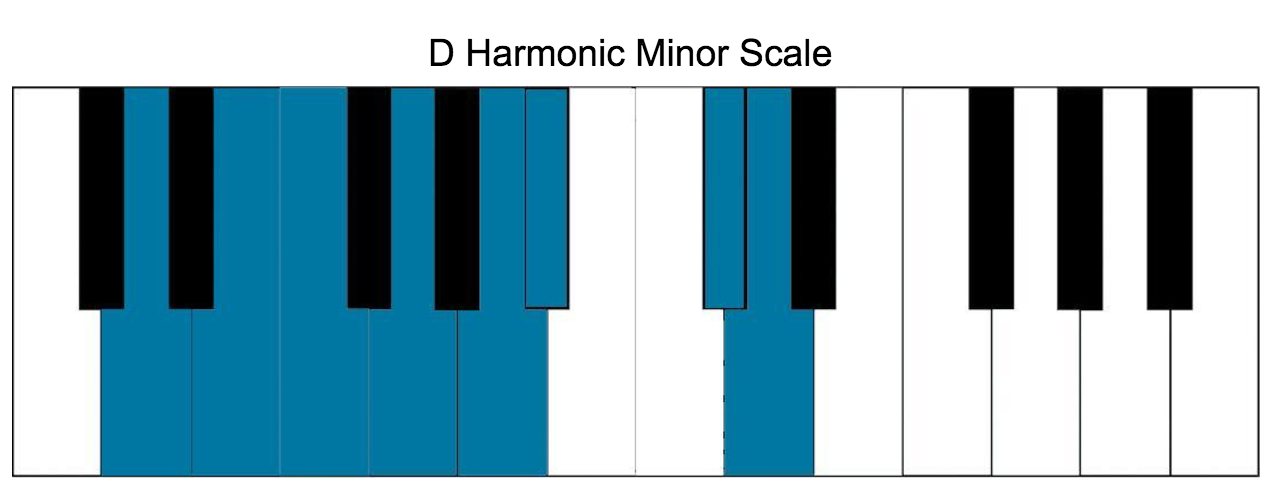
The romantic piano style is one that emphasizes emotion and feeling. A stark contrast to earlier styles, the romantic style of piano playing gives the pianist a new role with increased control over the dynamics, rhythm and feeling of a piece. Composers and pianists in the romantic area were the first musicians to be regarded as true musical artists, and the music made in that era reflects a larger cultural shift away from the social and political norms set in the age of enlightenment. Composers and other artists from this era were obsessed with nature, the supernatural and the past. Piano composers like Schubert and Chopin largely define the romantic style of playing.
The modern approach to playing the piano is generally exploratory and experimental in nature. Composers like Philip Glass, George Crumb and Steve Reich have pioneered the modern genre of playing by creating thoughtfully crafted pieces that expand our collective expectations as to what the piano can and cannot sound like.
Philip Glass, who is regarded as being one of the most influential and important composers of the modern era, is sometimes called a minimalist composer. He’s made an indelible mark on the modern style of piano playing by popularizing pieces of music built off of repetition that slowly swell, shift and triumphantly evolve over long periods of time. Glass’ work has influenced not only a younger generation of pianists but popular music as a whole.
Other composers in modern piano styles have used something called “prepared piano” in their pieces. Prepared piano is when composers and performers place objects between the piano’s strings to alter their sound. Now widely imitated, this technique was pioneered by a composer named John Cage. The objects are usually nuts, bolts and pieces of rubber.
The modern style is also defined by its use of extremes in terms of dynamics and dissonance. Many modern piano composers have abandoned harmonic music altogether and compose their pieces using elaborate mathematical formulas. One of these non-tonal compositional methods is called the tone row technique. Developed by Austrian composer Arnold Schoenberg, this compositional method is a formula constructed to ensure that all 12 notes of the chromatic scale are sounded as often as one another in a piece of music while preventing the emphasis of any one note. The result is a cacophony of notes that most listeners would find difficult to listen to.
Jazz, Pop and Blues piano
The ragtime genre was helpful in spurring on other hugely important piano styles. Developed in African-American communities in cities like New Orleans and St. Louis in the early 20th century, the ragtime style is defined by long, percussive left-hand chord passages and melodies with a reliance on chromatic notes. Ragtime developed right alongside blues music and both genres were a precursor to jazz.
The composer and pianist Scott Joplin is generally thought of as ragtime’s most influential figure. In the 1920’s, the jazz style of playing largely pushed ragtime out of popularity, but it’s enjoyed several resurgences in popularity over past century.
The blues and boogie woogie styles had a big part in influencing genres like rock and roll, swing and R&B. The blues piano style heavily relies on blues scales and dominant seventh chords. Blues scales feature something called “blue notes,” which are notes on the third, fifth and seventh scale degrees that are lowered down half a step. Adding a blue note to a pentatonic scale creates a pentatonic blues scale. Here’s an example in the key of C major:
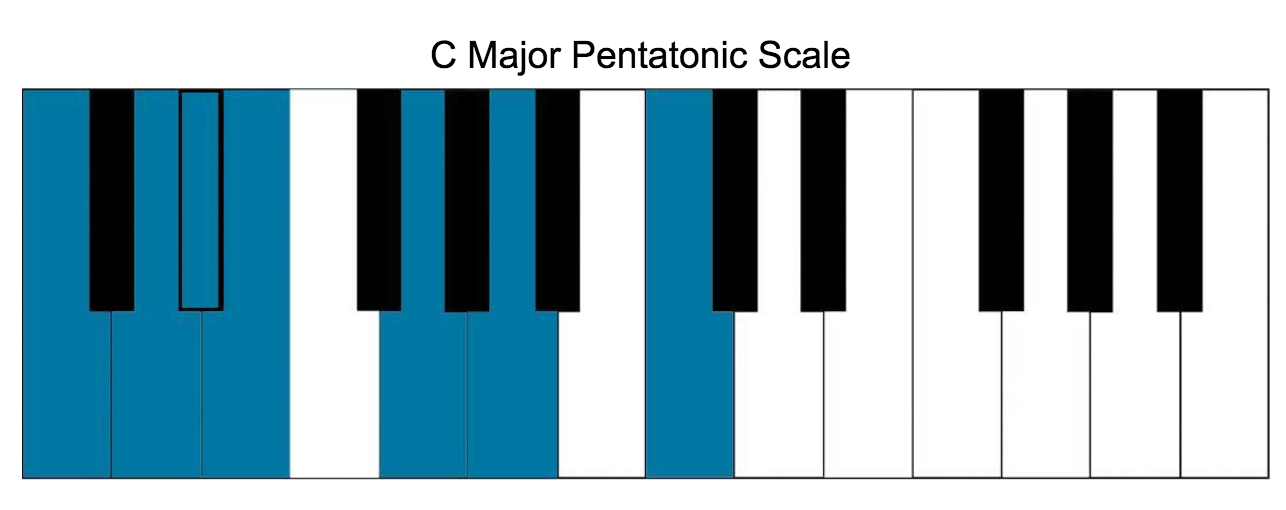
Developed around the same time as ragtime, blues piano styles are built on sparseness, a lyrical approach to melody and improvisation. Many blues piano pieces were constructed using a song form called the 12-bar blues. The 12-bar blues is a simple chord progression using the 1, 4 and 5 chords in major and minor keys. Here’s what the 12-bar blues looks like in the key of Eb:
Eb7 Eb7 Eb7 Eb7
Ab7 Ab7 Eb7 Eb7
Bb7 Ab7 Eb7 Eb7
The blues language musicians use to communicate with each other is heavily reliant on simple and repetitive song forms like the 12-bar blues.
The jazz piano styles were forged by a league of fiercely talented musicians including Thelonious Monk, Bill Evans, Art Tatum and Nat King Cole. A major defining characteristic of this style is it’s use of complex harmonies. The piano is an integral part of the genre because of its ability to provide harmony and melody as opposed to brass instruments which can only play single notes.
The jazz style uses every chord found in classical music and frequently alters them by adding ninth, eleventh and thirteenth note extensions. Another striking feature of this piano style is its frequent use of swung rhythms. Straight eighth notes are played precisely on and between the beat, but swung eighth notes are played on and a little after the middle of the beat. Groupings of repetitive long and short notes make up the swung rhythms often found in jazz and other styles. Here’s an example of straight and swung eighth notes:


Jazz music developed out of the ragtime and blues genres in major American urban centers in the 1920’s 30’s. It’s a marriage between western European and African musical traditions and is now widely considered to be America’s signature musical genre.
The modern pop style of playing is defined by simple, repetitive chord progressions. It borrows characteristics from other piano styles, and many modern pop piano songs get their song forms straight from the blues playbook. Modern pop piano derives its straightforward sense of rhythm from rock and roll and its reliance on sophisticated chords from jazz.
Unlike the modern art style of playing, the modern pop piano genre embraces the middle ground rather than extremes when it comes to tempos, time signatures and harmonies. Artists like Coldplay and Alicia Keys are helping to maintain the piano’s important role at the forefront of popular music.
These styles of playing were developed over hundreds of years by famous and unknown musicians alike. It’s incredible to hear and see what talented groups of people have done with this powerful instrument over the past three centuries. If you need help mastering the incredible array of piano styles out there, working with an experienced instructor in your area is the best way to learn. For more helpful articles about the world of music, check out the Musika Lessons blog.

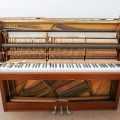
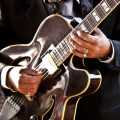

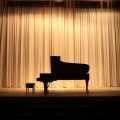
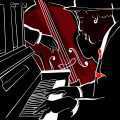

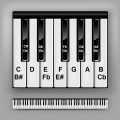
Great info, I never knew when pianos were invented. Definitely deepens your appreciation for these beautiful instruments!